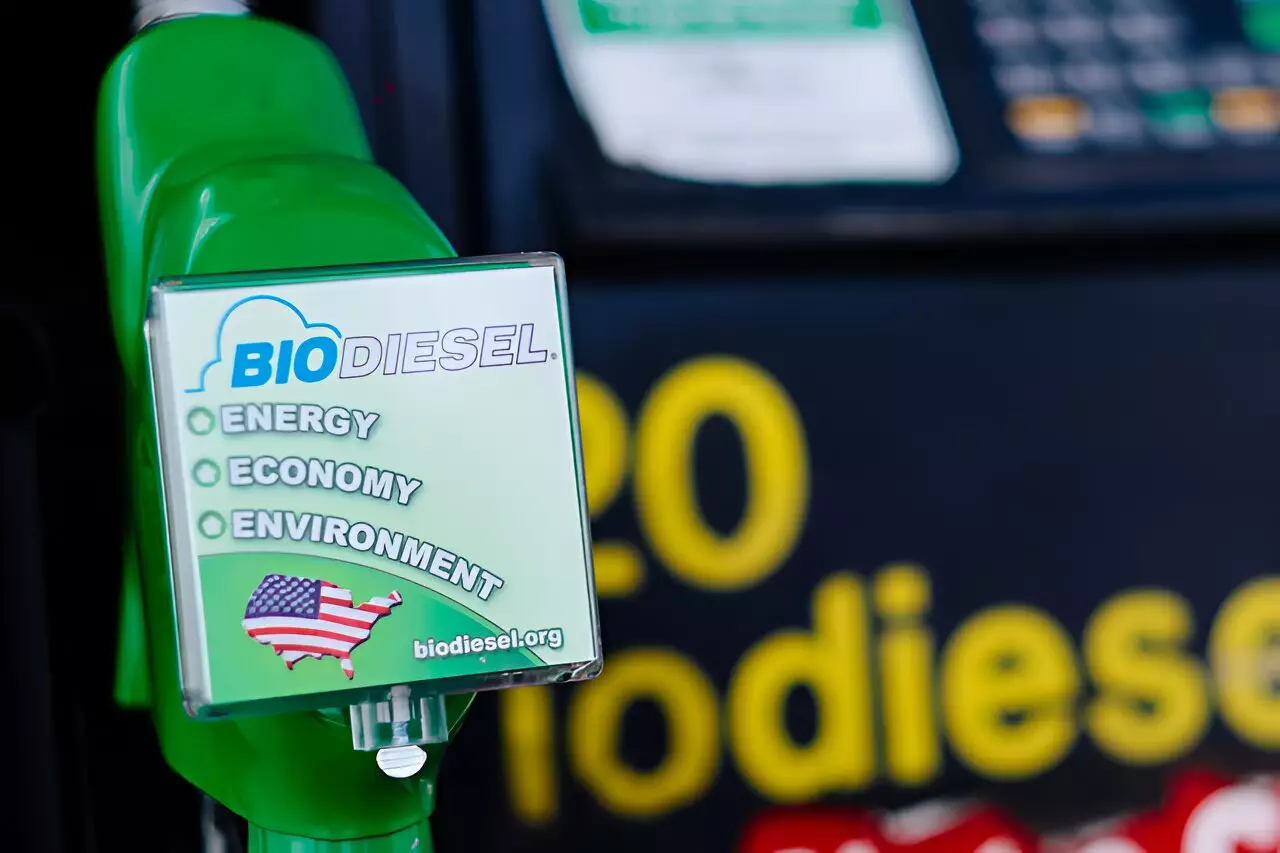The urgent transition towards sustainable energy sources has prompted ongoing research and development in the use of biomass-based diesel fuels. Current market blends of biodiesel, made from renewable resources such as oils and fats, typically do not exceed 20% in combination with petroleum diesel. The National Renewable Energy Laboratory (NREL) has embarked on critical research to explore the feasibility, performance, and implications of integrating higher percentages of biodiesel—namely blends of 20%, 40%, 60%, and even 80%—into conventional diesel fuels. This exploration is crucial in the context of reducing greenhouse gas emissions from the transportation sector, which remains a substantial contributor to climate change.
Current Landscape of Biodiesel Usage
To fully understand the potential of biodiesel, it is essential to note its composition and production methods. Biodiesel is distinct from renewable diesel due to its production processes; while both originate from similar feedstock—primarily soybean oil in the United States—the former is produced through transesterification, whereas the latter undergoes a hydroprocessing method that yields a fuel chemically akin to traditional petroleum. NREL’s investigation into higher blending ratios aims to fill a significant research gap, considering the vast number of studies directed toward lower blends.
Robert McCormick, a prominent figure in this research, emphasizes the overlooked potential of high-percentage blends in biomass fuel studies, stating that these blends could significantly contribute to the decarbonization of various energy-intensive industries, such as long-haul trucking and marine shipping. With transitions to electrification primarily covering light-duty vehicles, the demand for liquid fuels remains unabated in many sectors.
Environmental Impact and Performance Challenges
The environmental benefits of employing higher levels of biomass-based diesel are noteworthy. Estimates project that biodiesel and renewable diesel can lower greenhouse gas emissions from 40% to an astonishing 86% compared to conventional petroleum diesel, dependent on the source feeds utilized. However, McCormick cautions that blending biodiesel percentages exceeding 50% introduces performance challenges that must be meticulously addressed to ensure engine compatibility. One pressing issue arises from the biodiesel’s physical properties, including temperature sensitivities that affect engine operations, particularly during colder months.
For instance, the cloud point—the temperature at which fuel begins to solidify—can pose substantial operational challenges. Biodiesel made from soybean oil exhibits a cloud point around 32°F, which is critical in colder regions, where using 100% biodiesel could risk fuel filter blockage and potential engine failure. This necessitates innovative blending strategies, particularly during winter, to maintain engine efficiency and reliability.
Innovative solutions will be key in overcoming these challenges. The current recommendation for winter use includes lowering the biodiesel blend percentage or integrating biodiesel with other hydrocarbons possessing lower cloud points—a strategy that is already in practice with the common B20 blend. This method not only addresses the cloud point issue but also provides opportunities to enhance the overall fuel performance by coupling biodiesel with lighter hydrocarbons, such as kerosene.
McCormick stresses the importance of refined blending methods to ensure that biodiesel engines operate optimally; this includes addressing other property concerns, such as density and oxidation stability, which can diminish as biodiesel ratios increase. By deploying advanced antioxidant additives, researchers can improve oxidation stability and bolster fuel quality at higher biodiesel concentrations.
Looking ahead, continued research is imperative for unlocking the full potential of biomass-based diesel fuels. Investigations must concentrate on how high-percentage blends affect engine emissions, operational reliability, and the performance of emission control systems. The findings laid out by the NREL researchers serve as a roadmap for addressing existing knowledge gaps and facilitating the progressive integration of biomass fuels into the mainstream market.
The transition to higher blends of biomass-based diesel presents an intriguing opportunity for the transportation sector to significantly reduce its carbon footprint. By addressing the physical and chemical challenges associated with these fuels, researchers can pave the way for a sustainable future where renewable resources play a pivotal role in energy consumption. Encouragingly, the commitment from organizations such as NREL indicates a proactive approach toward continuous innovation in biodiesel research, ensuring that we harness both environmental and technological advances for a greener tomorrow.


Leave a Reply